Prince Beshtak Palace: An Architectural Masterpiece Honouring the Tunes of Authentic Arabic Music
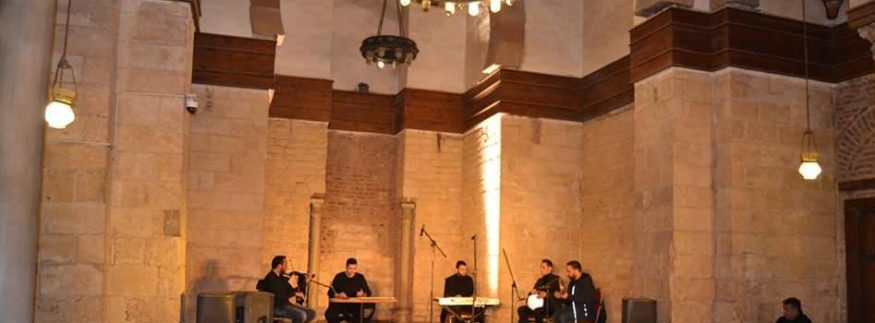
Farah Nagy
El-Moez Street in Cairo is home to many grand historic palaces, including Prince Beshtak Palace, located in the Nahhasin district. It has recently been hosting concerts and fantastic performances, aiming to introduce people to new voices singing authentic Arabic music.
The Historical Tale of The Palace

The palace was established in the 13th century and was inhabited by Prince Badr al-Din Bektash, and then Prince Saif Al-Din Beshtak Al-Nasiri bought it from the heirs. However, Prince Beshtak added the surrounding areas to the palace that it has today.
Its walls tell the tale of an essential era in Egypt’s history, and the decorations express true art at a time when people had a genuine appreciation for art and were capable of imagining and presenting diverse forms of creativity.
Prince Beshtak Palace Now

According to the Cairo Governorate’s official website, the palace consists of three floors, with mashrabiyas and geometric designs that are a marvel of beauty. The ground floor contains a hall, stables, grain stores, and servants’ rooms. The first floor consists of the celebration hall and the bedrooms. The second floor was a special space for women, but it has been demolished over the years.
The Beauty in the Details
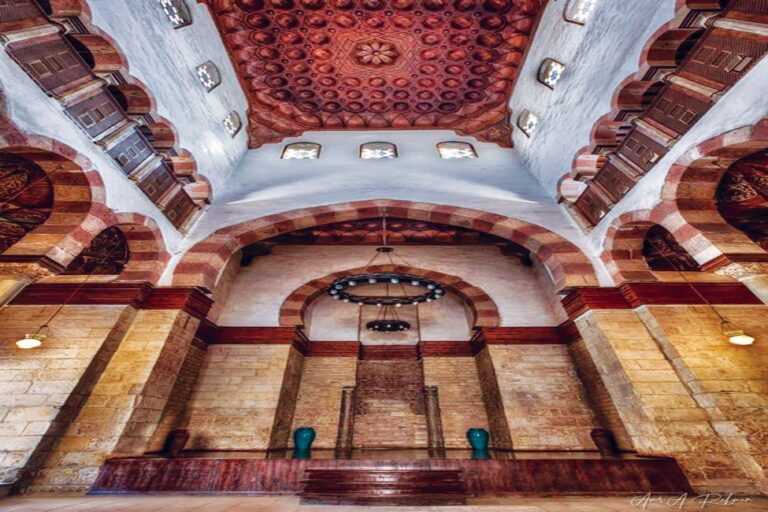
The main hall of the palace is preceded by an open roof. To the left of the roof is a room leading to the main hall. Its ceiling is adorned with decorative wood. In the middle is a coloured marble fountain that was used to cool the hot weather with its spray while the prince and his visitors were meeting.
The palace has three facades; the main one faces northwest, overlooking El-Moez Street. The second facade faces northeast and overlooks Darb Kormoz. It has several windows covered with metal screens and includes Gate B, which leads to the palace. The third facade faces south and overlooks the Beit Al-Qadi neighbourhood.
The Palace also has the Al-Fajal Mosque attached to it. It has two entrances, one overlooking El-Moez Street and the other overlooking Darb Kormoz.
Transforming a Historic Icon into an Arts Centre
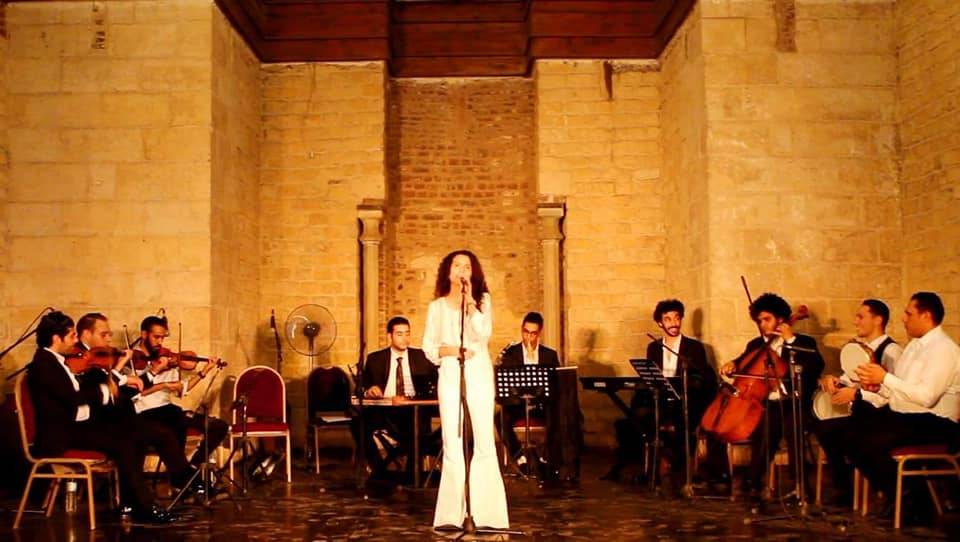
Years ago, the Egyptian Ministry of Culture decided to take advantage of several of Cairo’s historic palaces and houses by transforming them into artistic and cultural centres and spaces for creativity, aiming to raise awareness of creativity, intellectual, and cultural values.
Prince Beshtak Palace was designated as the headquarters of the Arab Singing House, one of the artistic creativity centres affiliated with the Cultural Development Fund. A creative vision has been developed for the centre, related to the activities of the Arab Singing House.
The Purpose of the Arab Singing House
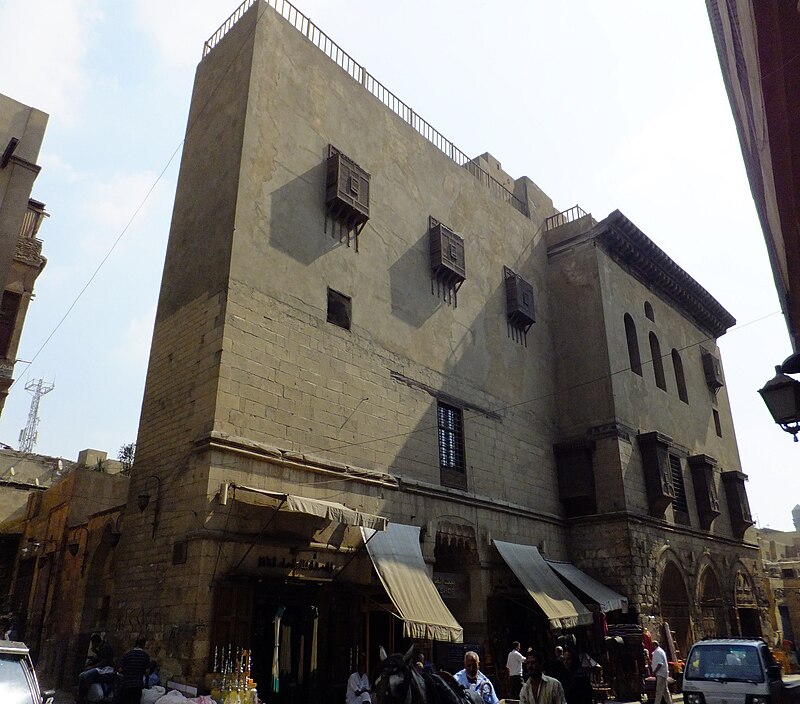
It aims to introduce new singing voices and skilled musicians to counter the waves of vulgar lyrics and to preserve the history of Arabic music, ensuring it remains relevant to new generations.
The House of Arabic Singing presents new voices and highly skilled, professional musicians, showcasing the treasures of Arabic music and continuing the journey of the musical pillars who have influenced Arab consciousness with their works, which remain distinguished by their depth and uniqueness.
recommended
 Shopping
Shopping
Black Friday 2025: Where to Find Discounts & Offers in Egypt
Affordable shopping black friday +3 Arts & Culture
Arts & Culture
Cairo Design Week 2025: A Celebration of Creativity Across the City
Art Galleries in Zamalek arts and crafts +3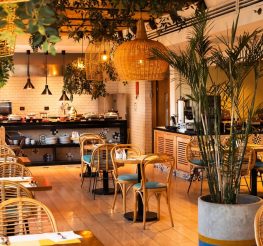 Restaurants
Restaurants


